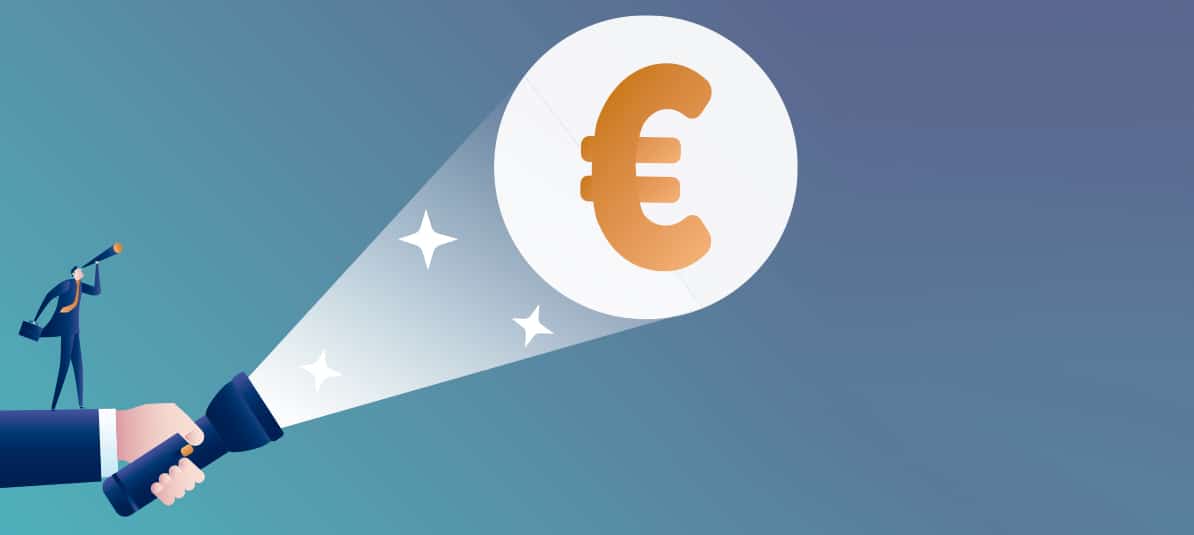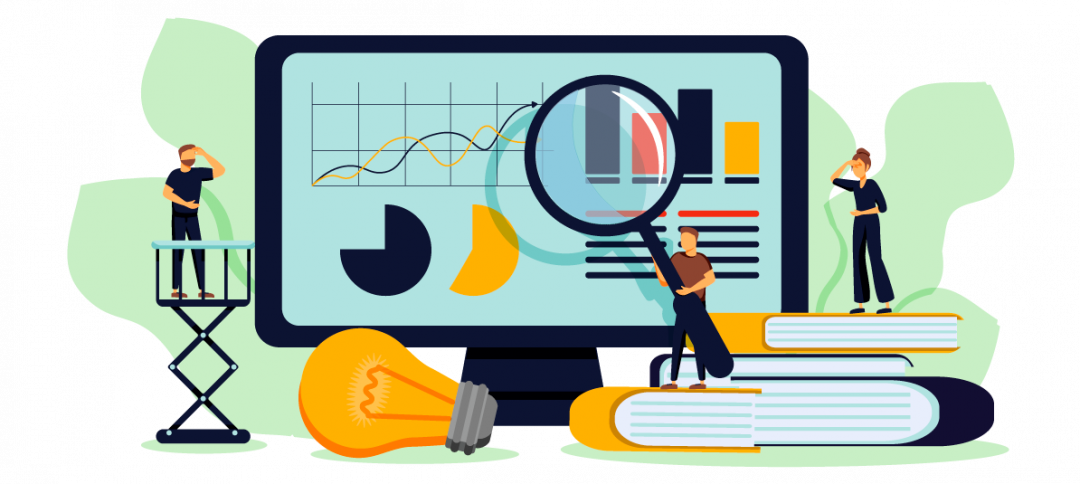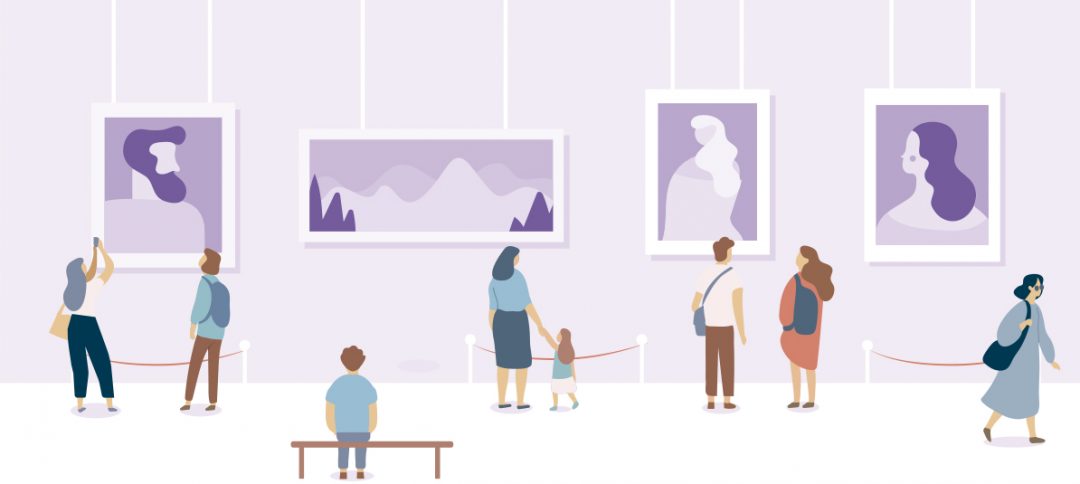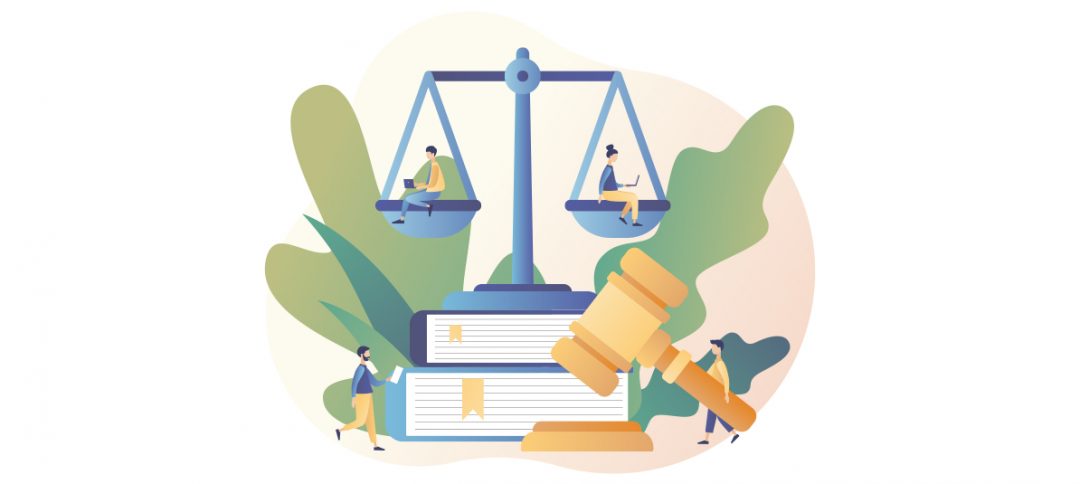What are cognitive biases?
Cognitive biases are mental shortcuts in our brain when we receive and process information so that we can make a decision and act accordingly.
They are like automatic brain responses based on years of evolution designed to help us act quickly and, in theory, in the best possible way. Of course, the rational part of our brain has no say in the matter.
They are what caused us, at one point in our evolution in the savannah, to run to the trees when confronted with an unidentified movement in the vegetation. They also cause the body to tense up and prepare to fight or flight if it senses danger.
These mental biases or shortcuts were very handy in the past, but in today’s world they are not so useful. In fact, they can even be counterproductive. Think about the example above. The tension is the same thing that happens when you suffer an anxiety or stress attack because your mind perceives this as a danger and reacts when, in fact, modern “perils” usually warrant a different, calmer decision.
It is the difference between thinking fast and slow which is actually the title of the work by psychologist Daniel Khaneman, who studies this phenomenon. Very briefly, Khaneman explains that our brain uses two systems.
One is fast, automatic, intuitive, always active and ready to leap. The other is slow, uses reason rather than intuition, but needs time to activate. If we don’t give it sufficient time, our quick thinking will take the reins.
How do these affect us when we make a decision?
The quick thinking system is like the basic wiring of our brain. It is the default way of making decisions, which is not always the best.
The reason is very simple. Some decisions require an analysis that this way of thinking cannot provide and is hindered by cognitive biases. These biases thwart our rational thinking, clouding the way we interpret information and making us less rational than we think and want to be.
Mental shortcuts are one of the reasons we use these biases, although other elements such as emotional character and, of course, society itself also play a role.
The most important biases affecting your purchases and investments
To be able to deal with these biases, the first thing you need to know is how they work and how they alter your perception of reality.
These are the most important biases for your personal finances and your day-to-day life:
Present bias
Have you ever wondered why it is so hard for you to save or go on a diet? This bias plays a big part in it.
It is our predisposition to seek immediate gratification over long-term rewards. For example, buying those sneakers you want instead of saving.
Loss aversion
Losing hurts us 2.5 times more than an equivalent gain, according to various studies. To understand this, you just have to watch children playing.
This aversion to loss is present in many areas of our lives. In personal finance, it is one of the reasons why it is difficult to start investing, or why many people invest with a more conservative risk profile than they should.
It is also the reason why, for most people, it is optimal to invest little by little instead of doing it all at once, although the numbers say that the second option is more profitable in the long term.
Optimism bias
We hate to lose but we are optimistic by nature. This also affects how we invest and how we plan.
For example, when the market is buoyant or when we establish our profile as investors, it is common to be overly optimistic about how we will react in a downturn. As a result, we set a higher level of risk than we can bear and when the market goes down, we overreact by panic selling.
This bias also affects our retirement planning, where it is common to underestimate how much we will need when we retire or to think that we will live to 65 (the retirement age).
Confirmation bias
Also known as the self-fulfilling prophecy, this is our natural tendency to remember and give more weight to information and opinions that reinforce our position.
For example, when looking up a particular investment product that we like, we will tend to discard any results that oppose it and look only at those that reaffirm the decision we have made.
Many social media sites can cause you to fall into this bias because they tend to show you information that aligns with your interests, reinforcing your opinion. Even Google’s search engine may do this by showing you the results of pages you usually visit first.
Retention bias
The previous bias and this one amplify each other in many cases. It is our tendency to attach greater importance to our first analysis, discarding the rest.
Moreover, this bias becomes stronger the more complex the information to be processed. However, it is easy for biases that distort our decision-making to have already intervened in that first analysis.
For example, if your first decision is that it is better to buy something than not to buy it, the rest of your analyses will move in that direction.
Mental accounting bias
This is one of the most curious and can be defined as the windfall or “easy money” bias. Basically, this is the reason we use money and value it differently depending on where it comes from.
If that money is related to our effort, we will value it more than if we have won it in a game of chance or in a casino, for example. According to this bias, we will tend to waste “easy money” because we did not have to work hard to earn it.
This is something that happens even with bonuses, which are easier to spend than the monthly salary.
Status quo bias
The status quo is the reason we find it hard to embrace change. It pushes us to keep things as they are, because any change is an opportunity for loss (loss aversion bias).
In finance and investment it causes us to invest in the same way and in the same products or even not to invest at all.
Anchoring effect
This is a very effective marketing and negotiation technique that takes advantage of one of these mental shortcuts. Essentially, it consists of our tendency to anchor our decision on a specific piece of information or element, which is usually the first one we receive.
For example, if you look into the price of a mid-range cell phone and the first you see is 250 euros, that will be the price range that you later use to buy the device. The same happens with the features of that phone.
Imagine that you go into a store, ask questions and are told that the key feature is that it has a lot of memory. That will be what you evaluate when making a decision about which cell phone to buy. The same happens when buying a car, if the salesperson sees that you have children and asks you if you care about their safety. In that case you will look for the safest model at the cost of losing performance in other areas.
Bandwagon effect
Also know as the drag effect, this encapsulates our predisposition to follow fashions or the masses.
The FOMO effect also plays a very important role here, which through our aversion to loss pushes us to do things for fear of missing out on them. In the social sphere, it could be seeing that concert that you don’t feel like watching, but that everyone is going to.
In investing, this is represented by the common mistake of investing in fads and trendy assets, which is rarely the best in the long run.
Framing effect
The framing effect interacts with other biases and amplifies them. It causes us to interpret information differently depending on how we receive it. For example, a 33% discount does not sound the same as a 3×2, nor does just 1% fat versus 99% fat-free.
Halo effect
This is a widely used marketing strategy. It is based on taking advantage of a person’s fame to sell a product, whether or not it is within their sphere of influence.
For example, a tennis player endorsing a watch, or a soccer player recommending a razor, when in fact they are not necessarily experts on these products.
Self-serving bias
Finally, self-serving bias causes us to perceive our failures as circumstantial and even beyond our control, but to view successes as being down to our own merit.
In terms of finances, it could mean that you explain your losses due to market craziness, but you don’t do the same for your gains. That, coupled with status quo bias, can lead you to hold on to more random investment systems than you think.









